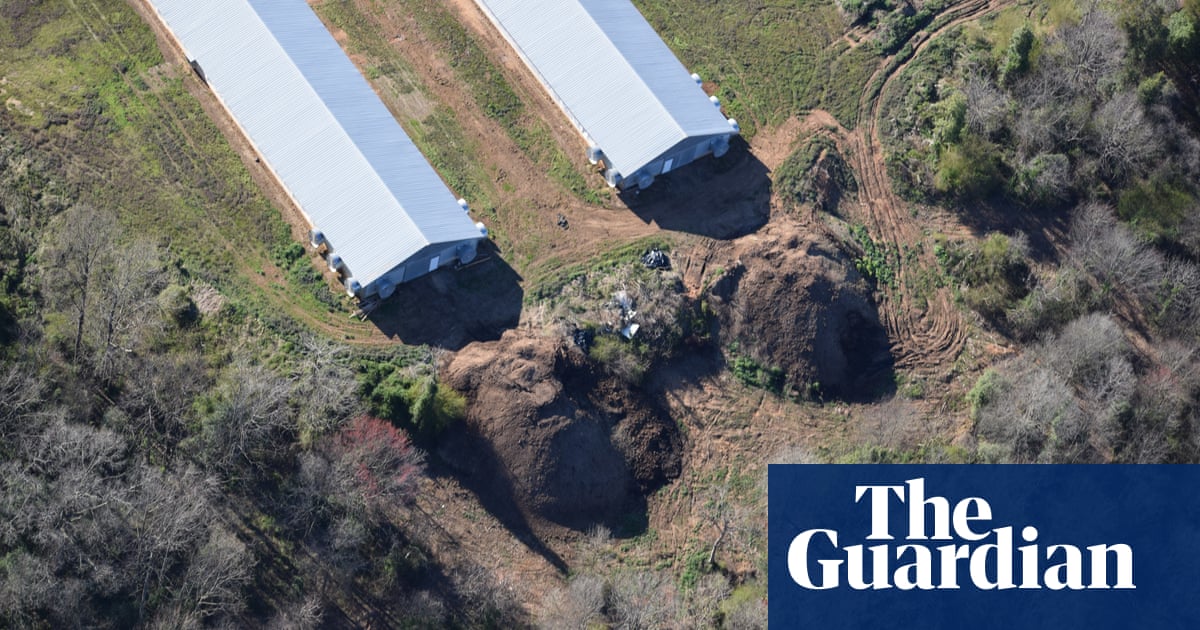6 May 2023
Today the UK woke up to a day of excitement. A day of street parties, a national holiday, and celebrations for a new king. It was also day three of gale-force winds on Fair Isle, and it was the day my mother died. A brief phone call from her care home, then the aloneness. The phone call came as I stood outside the south lighthouse. I watched the tower-tall waves, Payneâs grey, reflecting the colour of the sky. Waves built by wide, powerful seas and a wild wind that rocked me back and forth on my heels. The news was expected; it was the logical conclusion for a fragile 92-year-old.
But illogically your own motherâs death is never expected. We were not close, but at that moment that seemed irrelevant. My father had died four years ago so a door had now closed on a past that was gone for ever. It seemed very fitting to stand by this wild sea to take in the news, the wind bending back the curling waves, an aqua-turquoise light topping each wave.
Each wave was held suspended by the wind before cascading into white foam and crashing noise. Oystercatchers, turnstones, whimbrels and curlew scattered in the wake of the waves. I returned to the croft and started a new linocut.
North lighthouse
The north lighthouse is a squat version of the southern lighthouse, its gleaming white tower only half the size. This wild end of the island is a hunting ground for seals and orcas. The clifftops are fringed with puffins; their bright bills and orange feet are mesmerising to watch. Their flight is comical and their feet stretch out wide for incoming landing.
Once on land they greet each other with cooing kisses and rubbing of bills. Their bright, stripy bills hold glistening silver fish they have somehow lined up in straight rows ready to present to their mate and feed to their young.
3 June 2023
Westshore, on Shetland, is a place of beauty and calm, a contemporary architect-designed home built within the shell of an old croft. The skyline is of undulating hills that tip down to the waterâs edge. The first morning I woke in Westshore I was struck by the beauty of the light. It was not a sunny day, but the brightness of the light resonated from the water, a grey but vivid view. I drank my morning cup of tea just taking in the scene. It was then that I noticed the shape of a lone loon on the voe [an inlet of water]. A loon is the common name given to divers.
This was a red-throated diver; they spend the summer breeding in Shetland. The print shown here is a black-throated diver, birds that breed away from Shetland and return for the winter months.
Fishing otter
âWould you like to meet a very special otter?â These words popped on to my phone screen. The message had been sent by a friend on Shetland. âYes, of course!â I typed back. So I was invited to meet a three-year-old female wild otter, snake-tailed, her thick fur the colour of pale seaweed.
I had cycled from Westshore to the voe where I hoped to see her and I did not have to wait long. On to the stony shore she came, her colours of greys and browns blending into the background.
She moved effortlessly from land to water, her elegant leaps tracking through the circles of ripples, a shadow in the water where the otter had been. On land she moved hunched-backed, with a balancing tail. The otter came so close to me I could smell her fishy breath and see her bright white teeth â then she was gone, back to the water. I was left with the impression of a creature that was part cat, part bear and part dolphin.
This otter was wild but had come so close to me as it had been ârescuedâ by a man called Billy, three years ago. He had found the otter slumped and starving on the same jetty that I was standing on. Billy and his wife, Susan, nursed the otter, now known as Molly, back to health. I feel very privileged to have met Molly and the lovely family who rescued her.



